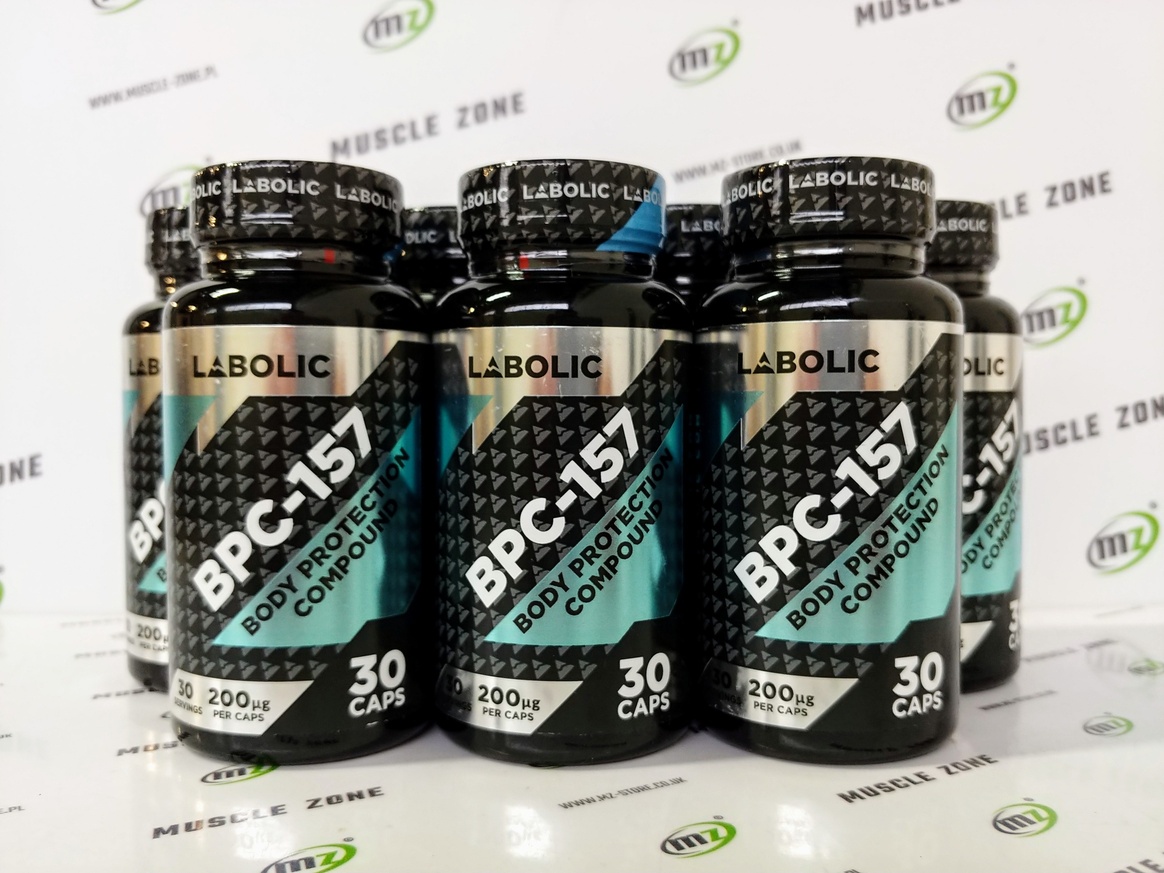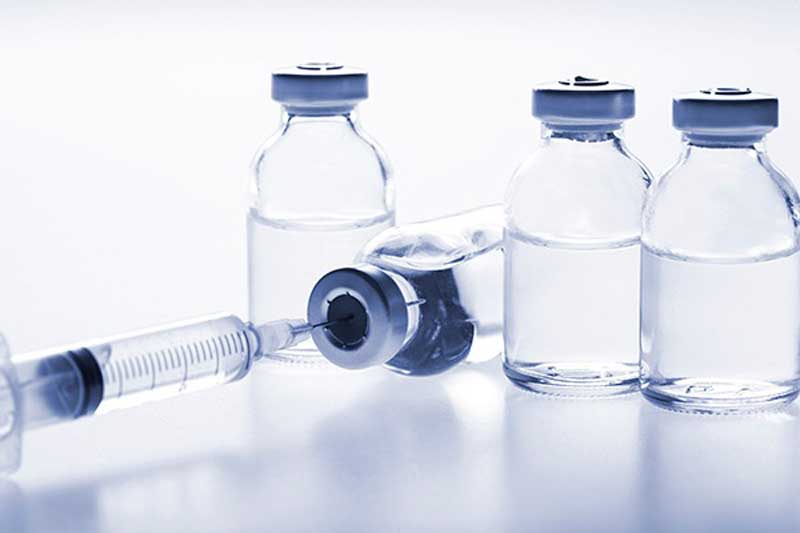
August 27, 2024
2024 The Very Best Bpc-157 Powder Provider Pdf
Body Protective Compound-157 Enhances Alkali-burn Wound Recovery In Viv Dddt In the 3rd cycle, the pets were carried out 30 μg/ kg BPC157 saline service by IM injection daily for 7 successive days. Blood samples were collected at the corresponding time points before (0 h) and within 6 h of a single management. Blood examples were accumulated from canines carried out several dosages at equivalent time points prior to the initial dosing (0 h), within 6 h after application, before the last three dosages, and at equivalent time factors after the last dosing. Roughly 3 ml of entire blood was accumulated at each time point with the venous plexus of the forelimb. The mean (+ SD) BPC157 plasma focus versus time curves following management of various BPC157 dosages in pet dogs are shown in Numbers 2A-- C, and the matching pharmacokinetic specifications are presented in Tables 4-- Tables 6.Speak With A Healthcare Provider First
How Well Do Peptides BPC-157 and TB-500 Work Together? - Medical News Bulletin
How Well Do Peptides BPC-157 and TB-500 Work Together?.


Posted: Tue, 13 Dec 2022 08:00:00 GMT [source]
- BPC157 progressively degraded into little molecular fragments and finally into single amino acids, which got in the metabolic flow in vivo.
- Peer-reviewed publications equip engaging stories of BPC-157's corrective influence, repainting a vivid photo of its possibility.
- This includes modulation of development factors, cytokines, and other molecular pathways associated with swelling and cells repair service.
- This may be a very early, vital factor for attaining the more full healing effect.
Bone And Joint And Tissue Recovery With Bpc 157
One trial highlighted its success in mitigating signs and symptoms and fast-tracking healing for muscular tissue tears, suggesting profound Additional info implications for those looking for expedited rehabilitation.Another research observed BPC-157's efficacy in undermining swelling and fostering digestive recovery, offering a beacon of hope for individuals with conditions like inflammatory digestive tract disease. The outcomes of such tests underscore BPC-157's flexibility and strengthen its standing as a healing competitor. The exploration of BPC-157's healing prowess carries us forward into empirical evidence, where a collection of professional tests and research study results cast light on the peptide's restorative promise. Through meticulous evaluation, scientists reveal the possible advantages of BPC-157, discerning the level to which it might transform individual treatment. The extent of BPC-157's impact extends to mitigating pain and improving repair service in joint conditions, notable in the realm of ligament and tendon recuperation. Together with the "bypassing essential" and rapidly triggered securities, Virchow's triad was continually reduced, both peripherally and centrally (Vukojevic et al., 2018; Gojkovic et al., 2020; Kolovrat et al., 2020; Gojkovic et al., 2021a; Knezevic et al., 2021a; Knezevic et al., 2021a; Gojkovic et al., 2021b; Knezevic et al., 2021b; Strbe et al., 2021). In particular, BPC 157-induced endothelial upkeep (Sikiric et al., 1994) and the "bypassing vital" (Vukojevic et al., 2018; Gojkovic et al., 2020; Kolovrat et al., 2020; Gojkovic et al., 2021a; Knezevic et al., 2021a; Knezevic et al., 2021a; Gojkovic et al., 2021b; Knezevic et al., 2021b; Strbe et al., 2021) occur in addition to the previously kept in mind BPC 157-NO system interactions. This can include the release of NO on its own (Sikiric et al., 1997; Turkovic et al., 2004), as well as conserved NO system function against NOS blockade (L-NAME) or overfunction (L-arginine) (for review, see Sikiric et al., 2014). Furthermore, high blood pressure upkeep (Sikiric et al., 1997), kept thrombocyte feature (Stupnisek et al., 2015; Konosic et al., 2019), and vasomotor tone occurred via BPC 157-specific activation of the Src-caveolin-1-eNOS pathway (Hsieh et al., 2020). Besides, the "bypassing vital" likewise accompanied small vessel occlusion, showing a healing effect. Measurable analysis of neuronal damage in the karyopyknotic areas in all 4 neuroanatomic frameworks revealed no or a couple of karyopyknotic neural cells (Number 12). No white issue sores were discovered in both groups of pets utilizing customized Bielschowsky silver discoloration and Klüver-- Barrera staining. Additionally, as an instant impact, the stomach, thoracic, and cranial tooth cavities engage with each various other (Depauw et al., 2019), and raised intra-abdominal stress creates a rise in intracranial stress (Malbrain and Wilmer, 2007; Scalea et al., 2007; Youssef et al., 2012; Chen et al., 2020). Coming back to the pointed out general logical cytoprotection impacts (Robert, 1979; Szabo et al., 1985; Sikiric et al., 2010; Sikiric et al., 2018), it should be noted that Robert's cytoprotection generally holds a protective reaction versus direct injuries. BPC 157s endothelial effects and its feature as a "bypassing vital" (Sikiric et al., 2018) are highly sustained by its interaction with the nitric oxide (NO) system (for a testimonial, see Sikiric et al., 2014). The most current demo of the influence of BPC 157 on vasomotor tone was executed with BPC 157-specific activation of the Src-caveolin-1-endothelial NO synthase (eNOS) pathway (Hsieh et al., 2020). BPC 157 works as a membrane layer stabilizer and cost-free radical scavenger and reduces leaking intestine disorder, as displayed in gastrointestinal system cytoprotective research studies (Park et al., 2020). BPC 157 additionally has an alleviative effect as a result of communications with several molecular paths (Tkalcević et al., 2007; Chang et al., 2011, 2014; Huang et al., 2015; Hsieh et al., 2017; Kang et al., 2018; Vukojevic et al., 2018; Wang et al., 2019; Cesarec et al., 2013; Hsieh et al., 2020; Park et al., 2020; Vukojevic et al., 2020; Wu et al., 2020). BPC157 solution for management was prepared by thinning down the required quantity of concentrated BPC157 option in 0.9% NaCl injection service before management. Using Masson staining, we discovered that the degree of collagen deposition was considerably higher in BPC-157- and bFGF-treated groups. In addition, the outcomes showed that both BPC-157 and bFGF might promote VEGF expression in injured skin tissues (Figure 3A-- B). In this episode, I clarify the major groups and kinds of peptides presently in operation for restorative objectives. I review peptides for enhancing cells renewal and fixing, advertising durability, improving muscular tissue development and weight loss, and enhancing state of mind, vigor, and libido. I explain the biology of how these peptides job and both their potential benefits and dangers.Does BPC-157 really function?
Although examinations were executed on lab mice, research study has ended that BPC-157 has worked in quickening the healing time of soft tissue. When carried out on the computer mice, the test results shown that BPC-157 regenerative impacts took place more thoroughly and swiftly.
Social Links